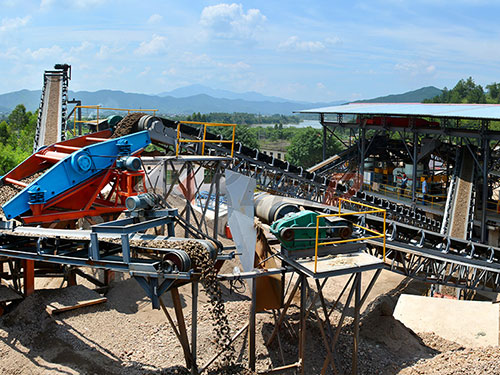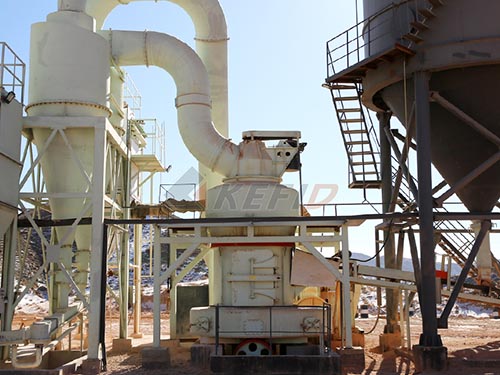Lock-Out/Tag-Out: The Imperative Safeguard Against Crushing and Milling Hazards in Mineral Processing Plants

Mineral processing plants are dynamic environments where raw ore undergoes significant transformation through crushing and milling circuits to liberate valuable minerals. These processes are inherently hazardous due to the immense mechanical forces involved – rotating shafts, massive rollers, high-pressure grinding rolls, powerful conveyors, pulverizing balls within mills, and complex electrical systems powering it all. When maintenance, cleaning, inspection, or unjamming becomes necessary within these circuits, the uncontrolled release of stored energy poses catastrophic risks of amputation, crushing injuries, electrocution, or fatalities. Lock-Out/Tag-Out (LOTO) is not merely a procedural formality; it is the fundamental engineering control designed to eliminate these hazards by ensuring equipment is isolated from all energy sources and rendered safe before personnel enter danger zones.
Understanding the Grave Hazards in Crushing & Milling
The very nature of size reduction creates specific dangers:

1. Entanglement & Crushing: Rotating components like crusher shafts (gyratory/cone), mill pinions/gears/trunnions, conveyor pulleys/drums/rollers present severe entanglement hazards where loose clothing or body parts can be caught instantly.
2. Stored Kinetic Energy: Massive rotating masses within mills (liners filled with grinding media) or crusher heads possess significant inertia that continues even after power is cut.
3. Stored Potential Energy: Hydraulic accumulators supporting crushers or mill adjustments hold pressurized fluid capable of explosive release if not bled off safely.
4. Gravity-Induced Movement: Unsecured components under gravity influence pose risks – think about jaw crusher pitman assemblies raised for liner changes or unblocked material falling from chutes above.
5. Electrical Hazards: High-voltage motors driving crushers and mills present electrocution risks during troubleshooting or component replacement.
6. Unexpected Start-Up: Accidental re-energization via control system faults (PLC glitches), remote start points bypassed during isolation testing by others unaware personnel are inside (“inadvertent energization”), or stored capacitor discharge can cause sudden movement.
7. Residual Material Hazards: Jammed rocks in crushers pose pinch-point risks during dislodging; residual slurry or dust can cause slips/falls; toxic gases might accumulate in confined spaces within mills.
8. Vibration & Noise: While LOTO

Leave a Reply